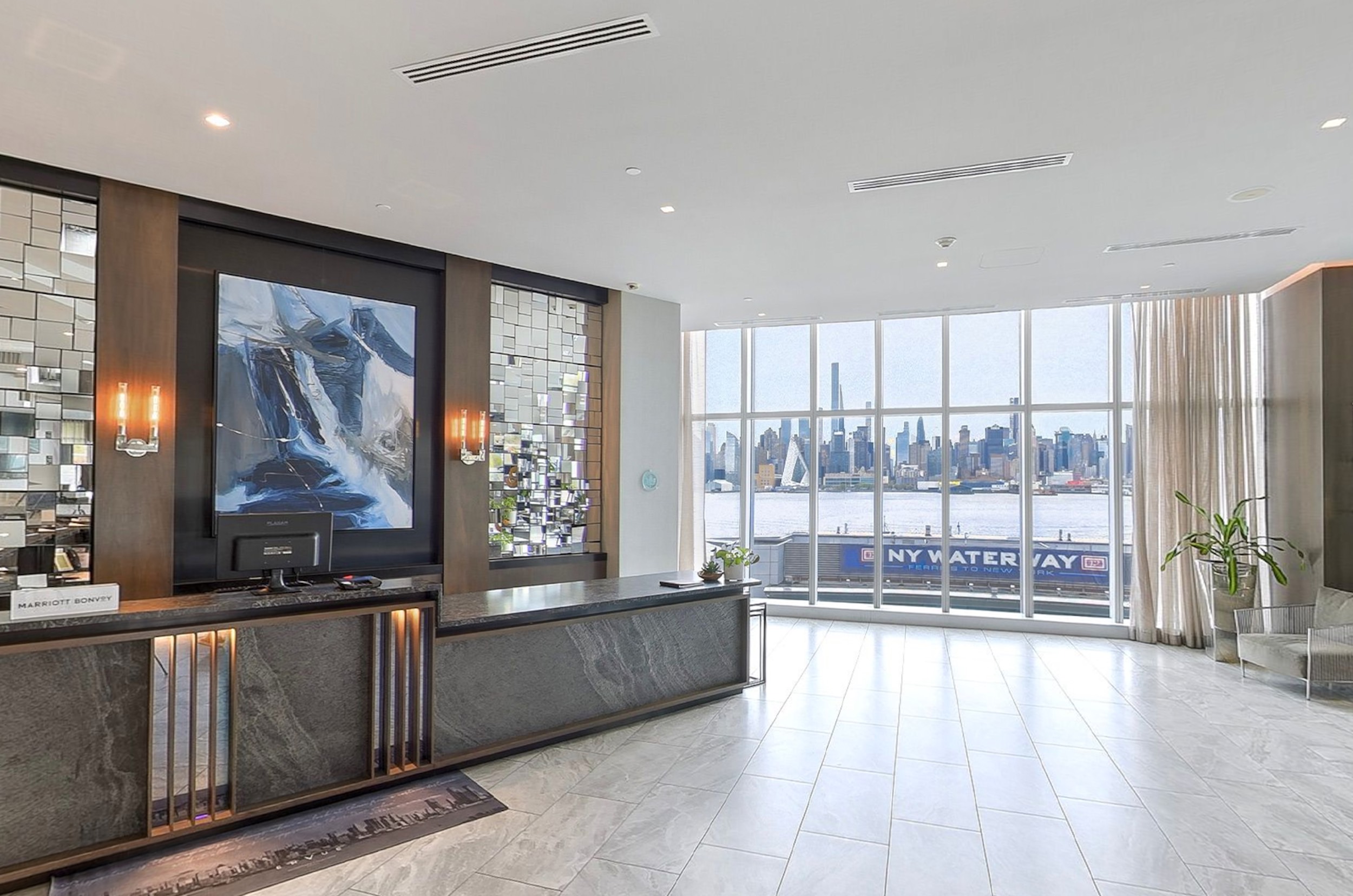The college application process is a significant milestone for prospective students, often filled with anxiety and uncertainty. Choosing the right university is a deeply personal decision, heavily influenced by campus atmosphere, facilities, and overall student experience.
Traditional campus tours, while valuable, have limitations: geographical constraints, scheduling conflicts, and the inability to revisit specific areas. This is where high-end interactive 360° virtual tours step in, offering a revolutionary solution that enhances the recruitment process and improves the overall student experience.
High-end interactive 360 virtual tours provide prospective students with an immersive and engaging experience, allowing them to explore campus from the comfort of their homes. These 360 virtual tours go far beyond simple panoramic images; they are meticulously crafted, offering interactive elements that bring the campus to life.
In Depth Campus Virtual Tours
Imagine walking through a bustling student center, clicking on interactive hotspots to learn about student organizations, viewing 3D models of campus buildings, or even experiencing a virtual lecture in a state-of-the-art classroom.
The level of detail in these high-end tours is crucial. They should showcase not only the architectural beauty of the campus but also the vibrant student life, the welcoming atmosphere, and the state-of-the-art facilities. Think high-resolution images, seamless transitions between locations, and accurate representations of campus spaces.
Tell Captivating Stories With University Virtual Tours
These 360 vitural tours should be more than just visuals; they are storytelling tools that evoke a feeling of belonging and excitement.Beyond the visual appeal, interactivity is key. Hotspots embedded throughout the tour provide access to additional information, such as faculty profiles, course descriptions, student testimonials, and links to relevant resources.
Prospective students can explore areas of particular interest to them at their own pace, revisiting sections as needed, and gathering the information they need to make an informed decision.Furthermore, these virtual tours can be tailored to specific audiences.
For example, a university 360 virtual tour designed for prospective engineering students could highlight the engineering labs and facilities, while a tour for prospective arts students could focus on the art studios and performance spaces.
This personalized approach significantly enhances the engagement and relevance of the tour. The incorporation of virtual reality (VR) headsets can further elevate the experience, providing an even more immersive and realistic feel.
Conclusion
High-end interactive 360° virtual tours are no longer a luxury; they are a necessity for colleges and universities seeking to attract and engage prospective students in today’s competitive higher education landscape.
By providing a more accessible, engaging, and personalized experience, these tours enhance the recruitment process, improve the student experience, and ultimately contribute to a more informed and successful application process. The investment in these cutting-edge technologies represents a significant step toward a more modern and effective approach to higher education outreach.







